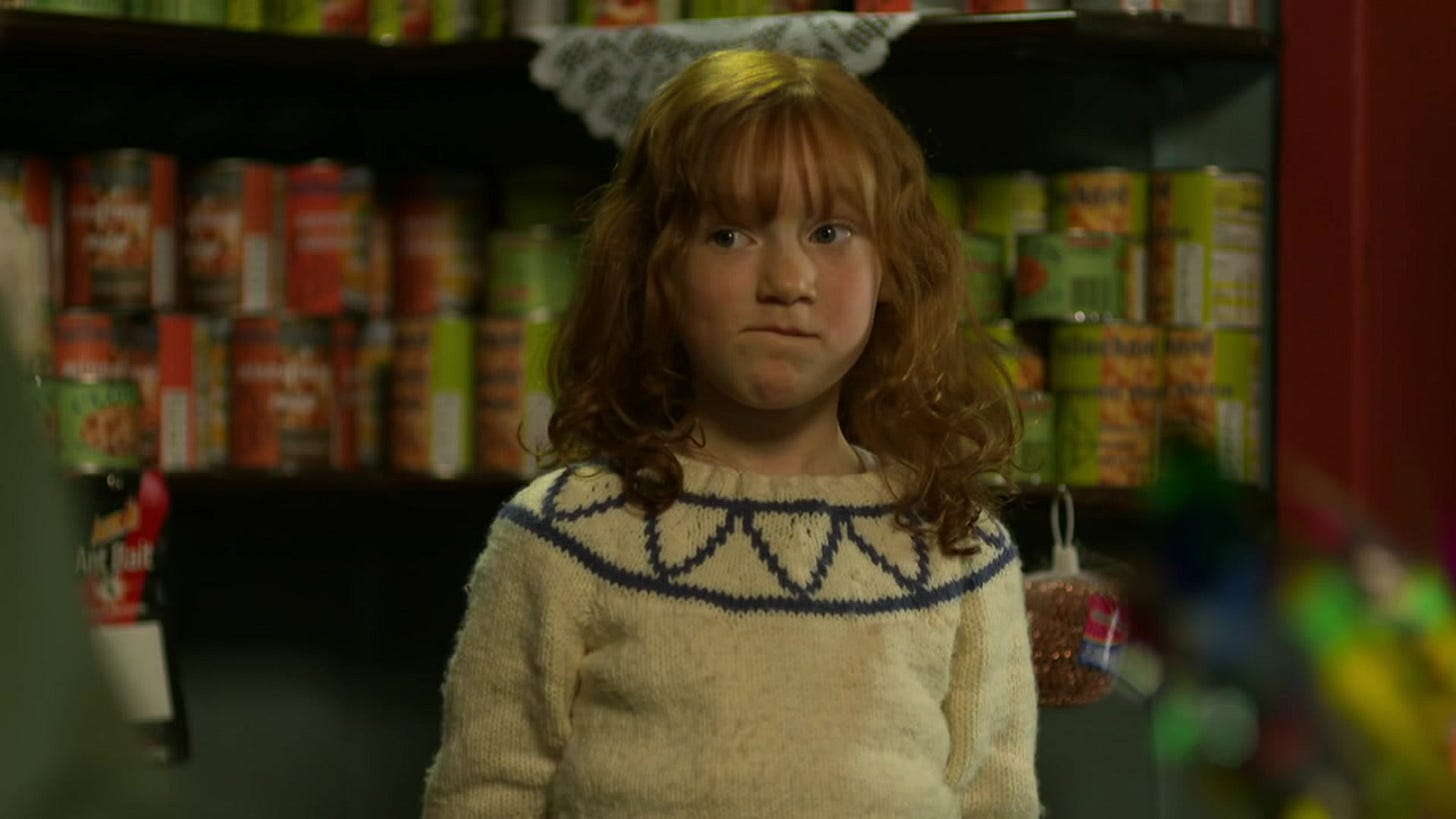Katie Morag (2013–2015)
Set on a fictional Hebridean island, this children’s television series gently and thoughtfully reflects on tradition and change in rural community life, from the perspective of its young protagonist.

Please support my work by becoming a free or a paid subscriber to the newsletter. Paid subscribers can access my full archive of posts at any time, and are vital to me being able to continue producing and expanding this newsletter.
This post is part of the ‘Rewound’ series of analyses of objects or episodes from cultural and political history.
Keep reading with a 7-day free trial
Subscribe to The Academic Bubble to keep reading this post and get 7 days of free access to the full post archives.



